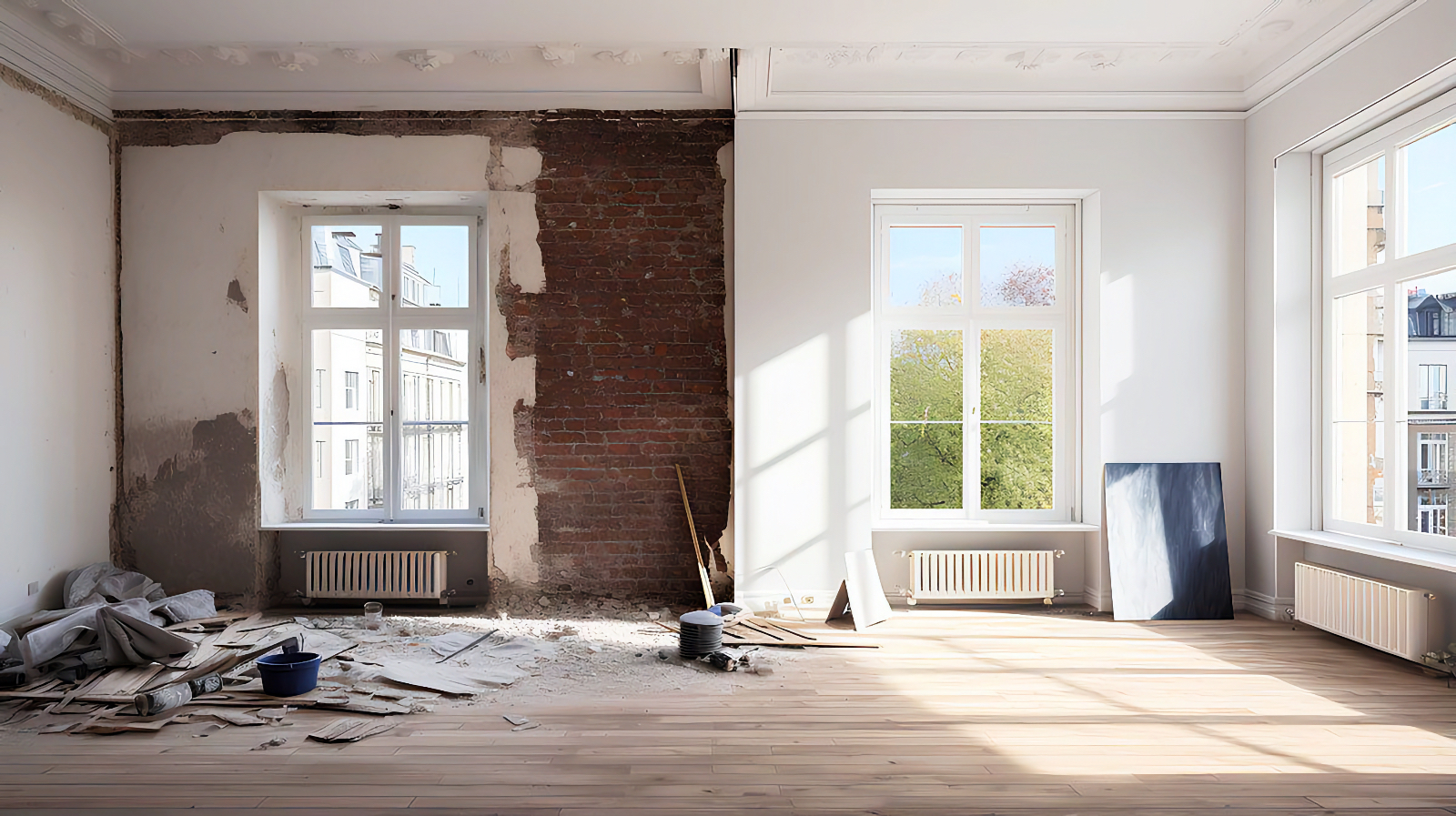When it comes to selling your Bay Area home, you’re faced with a critical decision: should you sell your house as-is or invest in repairs and renovations? This decision can significantly impact your home’s marketability, sale price, and the speed at which you close the deal. However, it’s not always an easy choice to make. In this comprehensive guide, we’ll explore the intricacies of both options, offering insights to help you make an informed decision about doing a fixing up vs, selling your Bay Area home as-is.
Understanding the Concept of Selling a Home As-Is
First, let’s clarify what selling a home ‘as-is’ entails. In the real estate world, ‘as-is’ refers to a home being sold in its existing condition, with no repairs or renovations to be undertaken by the seller after the price and terms have been agreed upon. When a house is listed as ‘as-is’, buyers are made aware that they’re purchasing the property in its current state, flaws and all. The current condition should be documented by the seller by preparing a complete disclosure package which the buyer reviews and accepts prior to going under contract.
Pros of Selling a Home As-Is
- Faster Sale Process: One of the main advantages of selling a home as-is lies in the potential for a quick sale. A reasonably priced as-is home can attract buyers faster than an aggressively priced, fully renovated property. This is particularly true for buyers interested in fixer-uppers, who see potential in making the necessary repairs themselves.
- Potential for Cash Offers: An as-is home can attract real estate developers or investors seeking a quick close and an opportunity to make significant renovations. These buyers often make all-cash offers, expediting the sale process further.
- Reduced Upfront Costs: Selling a home as-is can significantly reduce your upfront costs. Renovations and repairs can be expensive, and you may not always recoup your investment in the final sale price (especially when considering your holding costs). By selling as-is, you can save this initial outlay.
Avoid Time-Consuming Repairs
If you’re short on time or don’t have the necessary skills to undertake the repairs yourself, selling as-is can be a viable option. You can bypass the lengthy repair process and go straight to listing your property.
Cons of Selling a Home As-Is
- Lower Sale Price: Homes sold as-is often fetch a lower sale price than those that have been repaired or renovated. Buyers expect a discount to compensate for the work they’ll need to undertake.
- Fewer Potential Buyers: Not all buyers are open to purchasing an as-is property. Selling a home as-is can limit your pool of potential buyers, potentially prolonging the sale process.
Repairing Your Home Before Sale: What to Consider
On the flip side, investing in repairs before selling your home can increase its marketability and potentially boost its sale price. However, it’s crucial to consider several factors before embarking on a renovation spree.
The Return on Investment (ROI)
Not all repairs and renovations provide a good return on investment (ROI). According to the 2023 Cost vs. Value Report from Remodeling Magazine, certain projects like HVAC electrification conversion and garage door replacement offer a measurable ROI, but in the Pacific region (California, Oregon, and Washington), most home renovations provide a negative return on investment. That is to say, you may spend $50,000 updating your kitchen, but that only yields a $30,000 higher sale price (resulting in a loss of $20,000).
A wise seller would be very careful with pre-sale renovations for this reason. If you are able to do quality work yourself, paying only for materials, you may be able to create some “sweat equity” which you realize as cash upon resale. But most significant renovations often just don’t pencil out.
The Market Conditions
The state of the real estate market can significantly influence whether repairs and renovations are worthwhile. In a hot market, even homes needing substantial work can sell quickly and at a good price. Conversely, in a slower market, a well-presented home can stand out and attract more potential buyers. But it’s important to understand that this will have more of an impact on how quickly you are able to sell your home, versus how much you’ll actually yet on it, after the cost of repairs.
The Nature of Repairs
It’s vital to differentiate between essential repairs and cosmetic upgrades. Essential repairs, such as fixing structural issues or addressing safety hazards, are often necessary to attract serious buyers. On the other hand, quick and inexpensive cosmetic upgrades, such as painting or landscaping, will usually improve your home’s curb appeal and may go a long ways to getting buyers off the couch and through your door.
One important repair you should absolutely do is anything which affects the ability to get a conventional mortgage loan on the property. These include holes in walls and ceilings, lack of flooring, broken windows, evidence of a leaking roof, mold, etc. You might also want to strongly consider putting your home into such condition that it will qualify for more-strict financing like FHA – so no dangling wires, mossy shingles, flaking paint, etc.
Weighing Up the Options: Repairs Versus As-Is Sale
Having explored the pros and cons of both options, it’s clear that the decision to sell as-is or invest in repairs depends on several factors. These include your financial situation, the property’s condition, market dynamics, and your timeline for selling.
Seek Expert Advice
An experienced real estate agent can provide invaluable advice in this regard. They can assess your home’s condition, compare it to similar properties, and advise you on the most profitable course of action.
Consider the Buyer’s Perspective
Remember, the ultimate goal is to attract buyers. Therefore, it’s essential to consider the buyer’s perspective when deciding whether to sell as-is or make repairs. Think about what a typical buyer in your market might be looking for and how your home can meet those expectations.
Weigh the Costs and Potential Returns
Finally, weigh the costs of repairs against the potential returns. Factor in not only the financial cost but also the time and effort involved. Remember, not all repairs will result in a higher sale price, so it’s essential to invest your money wisely.
Conclusion
Selling a home involves many critical decisions, and deciding whether to sell as-is or invest in repairs is one of the most significant. By considering the factors outlined in this guide and seeking professional advice, you can make an informed decision that maximizes your home’s potential and ensures a successful sale.
Great Silicon Valley Condos and Townhomes for Sale
2
3
4
5
6
7
8
9
10
11
12
13
14
15
16
17
18
19
20
21
22
23
24
25




